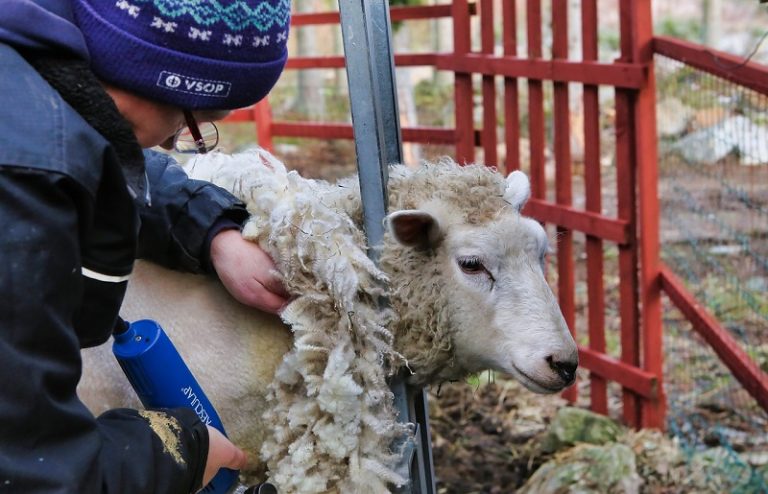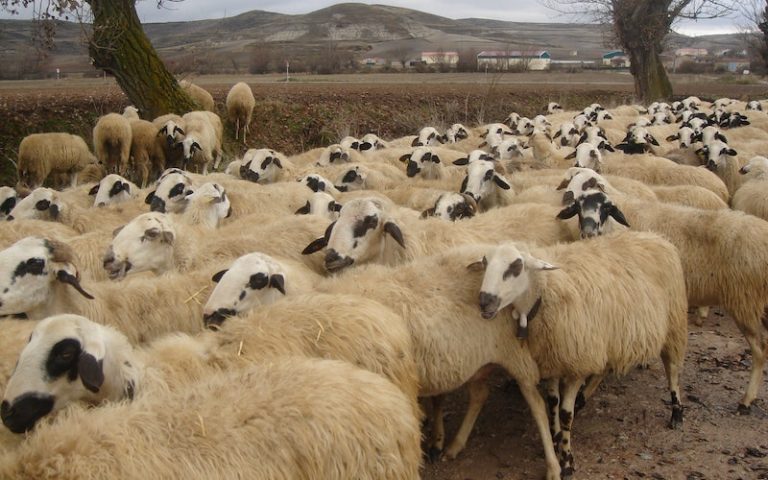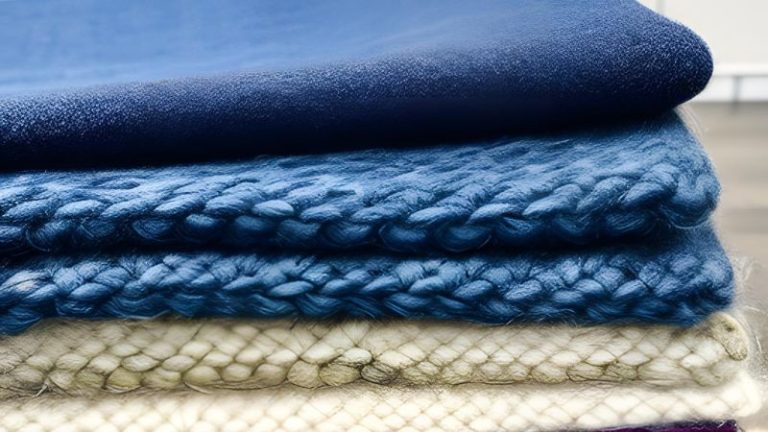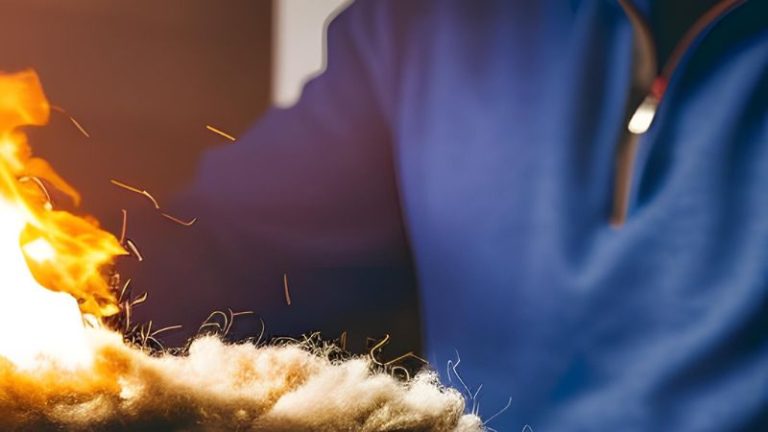How is Sheep Wool Made?
The journey of wool, from the sheep’s back to the clothes rack, is a fascinating and complex process. With a rich history and a versatile application, wool truly is a wonder fabric. But have you ever wondered how sheep wool is made? Let’s unravel this mystery together!
The Importance of Sheep Wool
Sheep wool holds a special place in the textile industry. It’s prized for its unique characteristics: warmth, resilience, and natural fire resistance, to name a few. In addition to these, it’s an environmentally friendly choice because it’s renewable and biodegradable. But how do we go from a woolly sheep to warm woolen garments?
The Life Cycle of Sheep
Sheep have a distinct life cycle that contributes to wool production. The production of wool starts from the moment a lamb is born. Sheep are usually sheared once a year, typically in the spring. This timing takes advantage of their natural shedding cycle and prepares them for the hot summer months.
The Shearing Process
Shearing is the first major step in the wool production process. Using special shearing equipment, the fleece is carefully removed from the sheep in one piece. This procedure is performed by trained professionals who ensure the sheep’s comfort and safety throughout.
Ethical Considerations in Shearing
Amidst the technicalities of wool production, there’s a profound ethical dimension that governs the shearing process. Ensuring the welfare of the sheep is paramount and encompasses everything from the handling of the animals to the environment they are in.
Trained professionals follow strict guidelines to guarantee the sheep’s comfort, safety, and psychological well-being. The care taken during shearing directly influences the fiber’s quality and the end products it will create. Not only does ethical shearing result in better wool, but it also aligns with the principles of responsible animal husbandry.
Post Shearing: Cleaning the Wool
Once the wool is sheared, it goes through a cleaning process called “scouring.” This process removes dirt, grease, and other impurities from the wool. The cleaned wool, now ready for further processing, is called “wool grease” or “raw wool.”
Sorting and Grading
Post-cleaning, the wool undergoes a sorting process based on its quality, length, color, and strength. Each type of wool has a unique application, so sorting is crucial for the next stages of wool processing.
Transforming Wool: From Fleece to Fabric
With the wool cleaned and sorted, it’s time to convert it into yarn. This transformation happens through the processes of carding, spinning, and weaving or knitting.
Carding
Carding involves disentangling, cleaning, and arranging the fibers in a continuous web or sliver ready for spinning.
Spinning
Spinning twists the wool fibers together, converting them into yarn. The spun yarn can be woven or knitted into a variety of woolen products.
Weaving and Knitting
Weaving involves interlacing two sets of yarns at right angles to each other. Knitting, on the other hand, involves looping the yarn together. Both processes result in distinct textures and patterns.
The Finishing Touches
The final stages of wool production involve dyeing the woolen fabrics and applying finishing treatments to enhance the wool’s appearance, feel, and durability. And voila, the wool is ready to be turned into clothing or other woolen products!
In conclusion, the process of making sheep wool is a meticulous journey that combines tradition, technology, and careful handling of our woolly friends. It’s a testament to the remarkable versatility of nature and human ingenuity.
Frequently Asked Questions
Do Sheep Wool Products Shed? Yes, sheep wool products, especially those made from natural wool fibers, can shed to some extent. Shedding occurs when small fibers or fuzz are released from the surface of the product, which can be especially noticeable in the beginning or after washing. This shedding tends to decrease over time as the product becomes more settled. Regular care and gentle handling can help minimize shedding.
What is the purpose of shearing sheep? Shearing sheep serves several purposes. It helps prevent the sheep from overheating during warmer months, improves their overall hygiene by removing dirt and oils trapped in the fleece, and provides the raw material (wool) that can be used for various textiles and products.
What happens after the wool is sheared? After shearing, the collected wool is sorted and cleaned. This involves separating the fleece into different grades based on the quality of the fibers. The wool is then washed to remove dirt, grease (known as lanolin), and other impurities.
How is lanolin removed from raw wool? Lanolin, a waxy substance produced by sheep’s skin, is removed from raw wool during the washing process. The wool is soaked in water and mild detergents to break down and remove the lanolin, dirt, and other impurities. The cleaned wool is then rinsed and dried.
What is carding in the wool production process? Carding is the process of aligning and separating the fibers in the cleaned and dried wool. This is done using carding machines or hand carding tools. Carding helps to create a more uniform and consistent texture in the wool, making it easier to spin into yarn.
How is wool spun into yarn? Spinning is the process of twisting the carded wool fibers together to create yarn. This can be done using a spinning wheel or a spindle. The twisting action binds the fibers together, creating a continuous strand of yarn.
What are some common uses for sheep wool? Sheep wool has a wide range of uses. It’s commonly used to make clothing items such as sweaters, scarves, and socks due to its warmth and insulation properties. It’s also used in blankets, upholstery, carpets, and various other textiles.
Are there different types of sheep wool? Yes, there are different types of sheep wool, each with its own unique characteristics. Wool can vary in terms of texture, length, and fineness of fibers. Some breeds of sheep produce wool that is better suited for specific types of products, such as fine wool for garments or coarser wool for rugs.
How is colored wool produced? Colored wool can occur naturally in certain breeds of sheep, producing wool in various shades without dyeing. Alternatively, wool can be dyed using natural or synthetic dyes to achieve specific colors.







